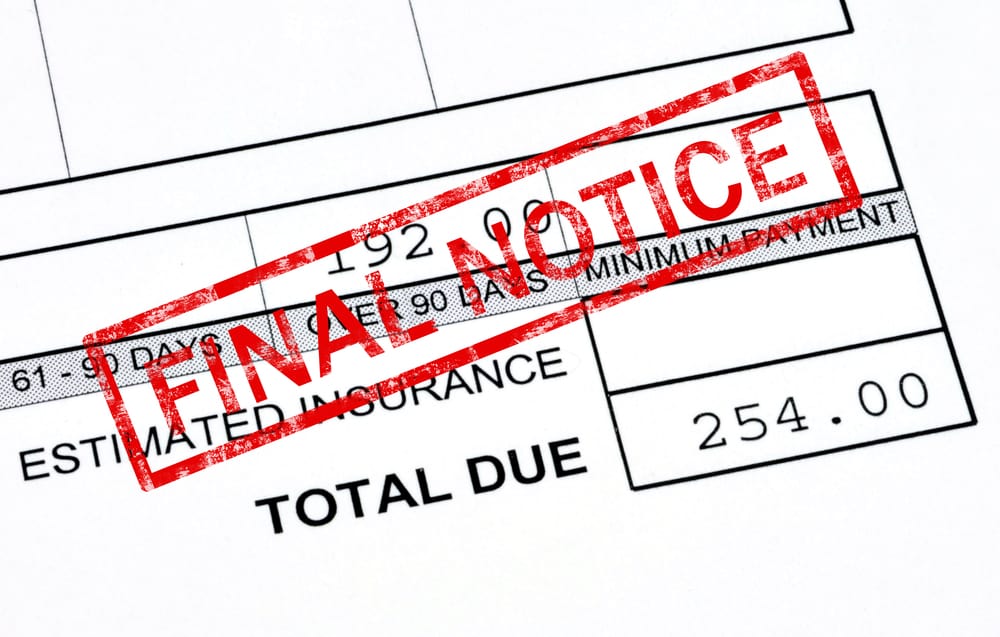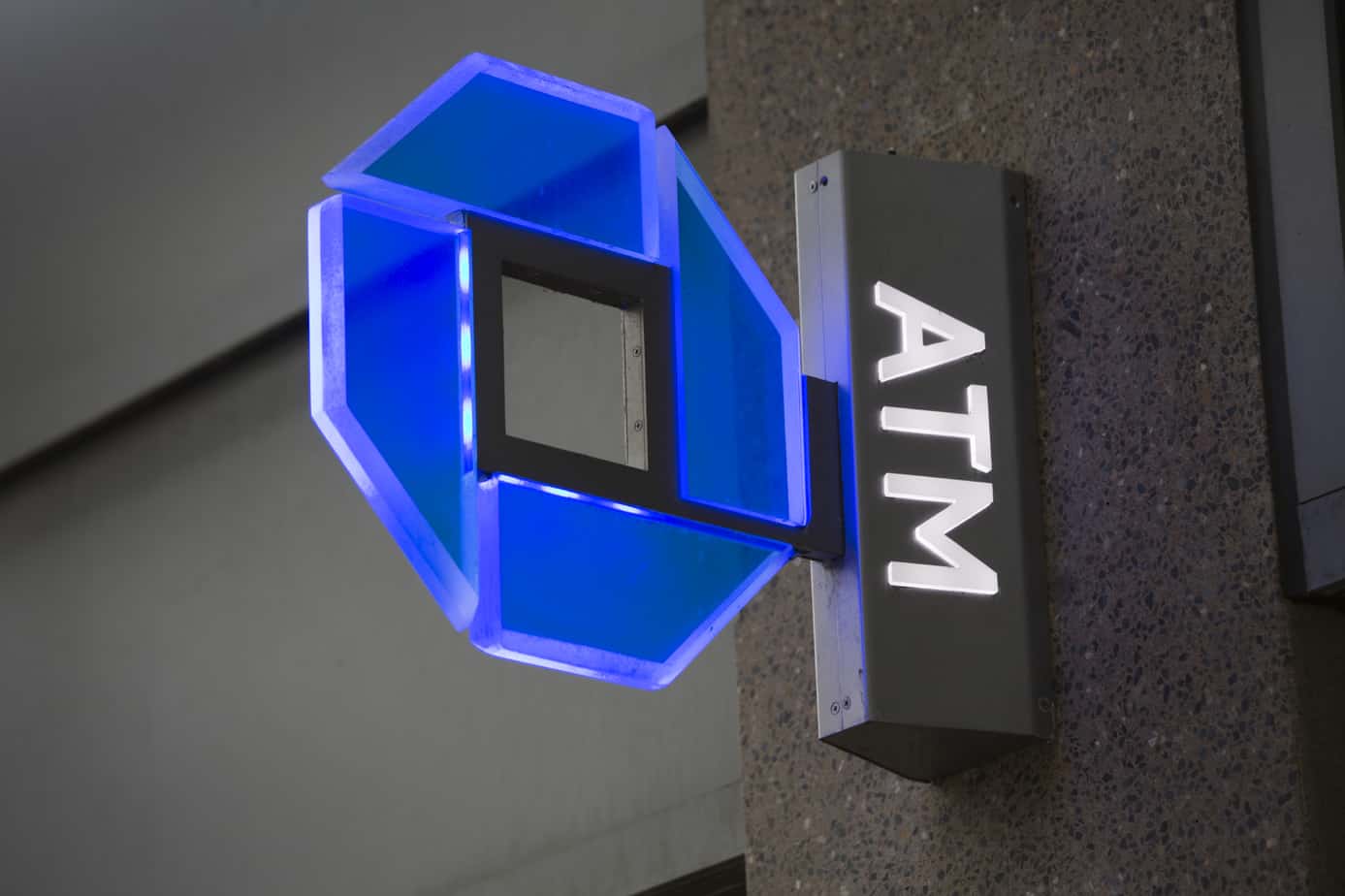Investors in American commercial real estate may not be aware of the benefits that are now available to companies organized in the United States, which own or manage commercial real estate. The new tax law, which took effect in 2018, called the Tax Cuts and Job Act created increased tax deductions.
Many UK investors find the returns from owning American commercial real estate attractive. The U. S. tax benefits help those funding groups who provide limited liability company financing for UK companies that have international investments as part of their portfolio.
‘Offshore’ Benefits for UK Investors
It is important to consult with a qualified tax advisor about each investor’s particular circumstances, so no tax advice is being given by this article. However, there are general rules of laws that apply to consider.
Non-U.S. persons or entities, such as a UK limited liability company that invests in the United States are not subject to capital gain taxes in the USA. This is an offshore benefit.
For example, if a UK person or entity invests $100,000 into American commercial real estate venture and sells the investment later for $200,000, no U. S. capital gains tax must be paid on the $100,000 profit. However, there may still be UK taxes to pay on those profits.
New Tax Deductions for U. S. Commercial Real Estate
If the commercial real estate is owned by a U. S. entity, the new law provides increased tax deductions for making certain improvements under IRS tax code Section 179. These are not considered a capital investment that would be deducted partially as depreciation for each year of service over 39 years. Instead, these capital investments are treated as if they are expenses that are made the same as the year’s operating expenses.
To qualify for a 100% deduction of these Section 179 expenses, the commercial property must be put into service after 2018, so this change affects all new commercial property acquisitions going forward.
Marketwatch reports that Section 179 deductions have been expanded to include:
- Exterior Improvements: This category includes roofs and HVAC systems.
- Interior Improvements: These are any improvements to a commercial building’s interior that includes alarm systems, fire protection systems, and security systems. It does not include structural work, building renovations to make it larger, and work done on escalators or elevators.
- Personal Property for Lodging Facilities: A lodging facility is a place with sleeping accommodations that are rented out. This includes hotels, motels, dorms, apartments, and rental homes. Personal property in a lodging facility includes such things as furnishings, appliances, and things used for property maintenance such as lawn mowers.
The deduction amount increased to an annual limit of up to $1 million from the only $510,000 allowed before in 2017. This new deduction amount adjusts each year by inflation so, in 2019, it becomes $1.02 million.
To get the full deduction, there is an increase in the annual limit of the amount of real property that an investor can add to the investor’s investment portfolio of $2.5 million. This new limit amount adjusts each year by inflation so, in 2019, it becomes $2.55 million. When an investor exceeds this limit, the Section 179 deduction is reduced or phased-out completely. Consult with a tax advisor to get the specifics.
Summary
When the Section 179 deductions are used properly for new commercial property that is put into service after 2018, they can offset all or part of the income from that commercial real estate during the year that the deductions are taken. This essentially means that the property improvements are made with the equivalent of a discount of the marginal tax rate that would have been paid on that same amount of income.
Discuss the new U. S. tax laws with your investment and tax advisors to develop a cross-border strategy to take advantage of the new laws when considering investing in American commercial real estate.



